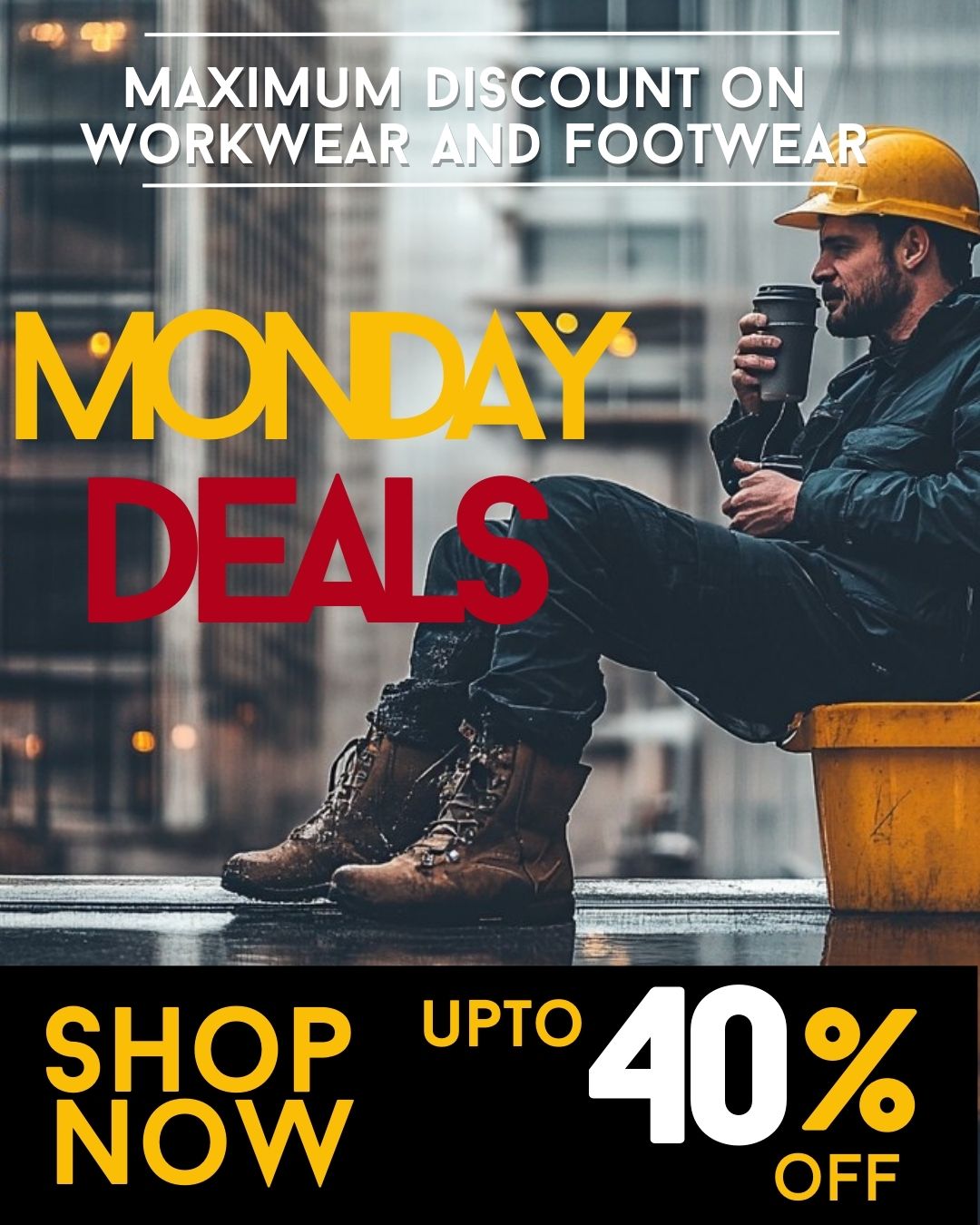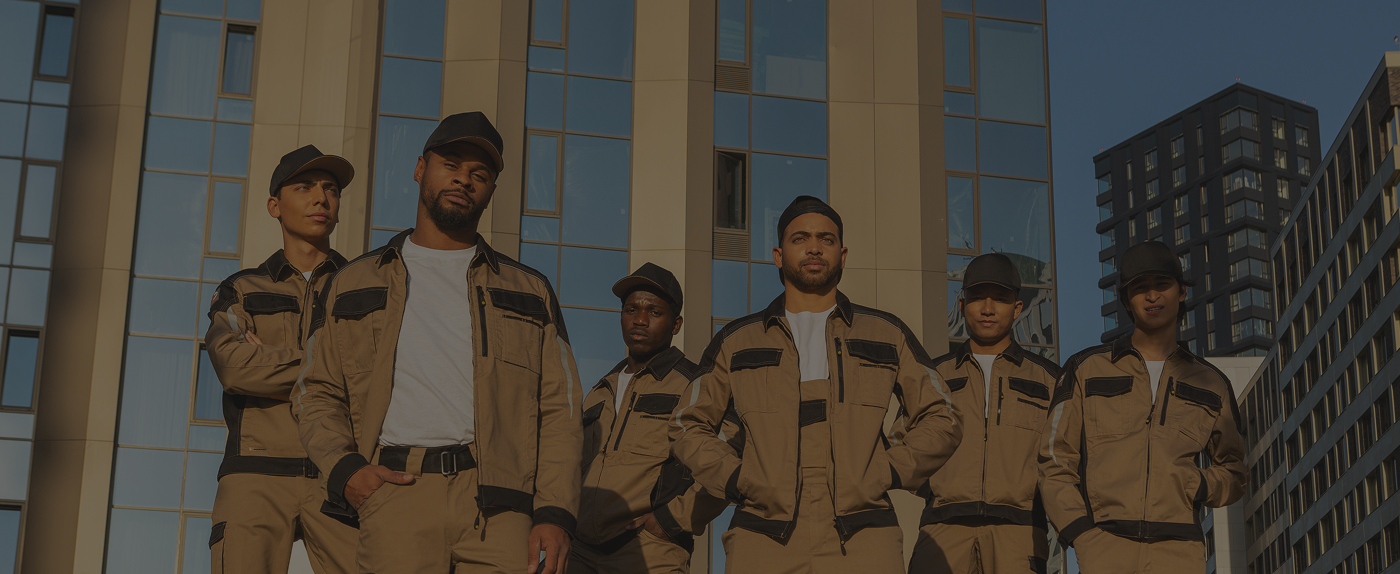
Best Practices for Selecting High-Visibility Workwear
Safety on an active construction site involves more than just throwing on a neon vest. With nearly one in five construction-related fatalities caused by struck-by incidents, it’s vital for workers to wear high-visibility gear from head to toe—ensuring heavy equipment operators can clearly see every person around them before making a move.
Safety Regulations for Employers
In 2023, the construction sector recorded 1,075 worker fatalities, the highest among all industries, highlighting the ongoing need for robust safety measures. According to OSHA’s general duty clause, employers must maintain a work environment free of recognized hazards that could cause serious injury or death.
Moreover, in December 2024, the U.S. Department of Labor introduced a final rule requiring properly fitted personal protective equipment (PPE) and high-visibility clothing, particularly benefiting women and workers with smaller or larger body types.
Conduct a Hazard Assessment
Each construction site presents unique hazards, so a universal approach to PPE or hi-vis gear won’t suffice. Before selecting high-visibility clothing, evaluate the site’s risks, the type of work being done, and environmental conditions.
Identify Potential Hazards
Visibility is critical on a busy worksite. Walk the area with a safety specialist to identify threats to visibility and worker safety. Look for dim lighting, large moving equipment, stacks of materials, and other obstacles that may block sightlines or interfere with communication.
Evaluate Job Demands
If protective gear restricts movement, feels heavy, or causes discomfort, workers are less likely to wear it consistently. Consider each worker’s tasks and choose high-visibility apparel that enhances rather than hinders motion. Opt for lightweight, breathable fabrics with flexible panels at the knees, elbows, shoulders, and fingers.
Assess Environmental Conditions
Weather impacts safety gear selection. On hot days, moisture-wicking, UV-protective materials keep workers cool. In cold climates, insulated and layered hi-vis garments provide warmth and adaptability. For wet conditions, waterproof high-visibility rainwear keeps workers dry, comfortable, and alert.
Five Best Practices for Selecting High-Visibility Workwear
Once hazards and conditions have been assessed, safety managers should follow these best practices to keep workers seen and protected.
- Follow Recognized Safety Standards
Confirm which standards apply to your job site. ANSI/ISEA 107-2020 provides guidance on color, reflectivity, and design:
- Type O: Off-road work without roadway exposure
- Type R: Workers exposed to roadway traffic
- Type P: Public safety roles (police, firefighters, EMS)
Each garment also receives a Class rating based on reflective material coverage:
- Class 1: Minimum visibility
- Class 2: Standard on most construction sites
- Class 3: Maximum visibility for high-risk conditions
Class E garments, like hi-vis pants, are supplemental but can combine with Class 2 items to reach Class 3 protection. Some sites follow CSA standards, which require an “X” pattern of reflective tape across the back.
- Ensure Color Compliance
Lime green is widely accepted, but local or state rules may mandate alternatives—such as orange for roadside crews. Some companies assign different colors to new employees or visitors, helping experienced workers quickly identify and guide them.
- Prioritize Fit and Comfort
Properly fitting gear is a safety essential. Loose clothing can snag on machinery, while tight gear restricts motion and slows reactions. Choose manufacturers that offer a wide range of sizes, including options designed for women rather than resized men’s garments.
- Choose Weather-Appropriate Gear
Instead of layering multiple garments under a vest, invest in weather-resistant high-visibility outerwear. Insulated jackets that meet ANSI/ISEA or CSA standards are ideal for cold climates. For wet environments, choose hi-vis rain jackets with removable liners to handle changing weather conditions.
Consider Long-Term Value
Don’t just focus on price. Low-cost workwear may wear out quickly, leading to frequent replacements. Invest in durable high-visibility clothing designed for construction, including abrasion-resistant fabrics, reinforced knees and elbows, and bonded reflective tape for comfort and longevity. Ask about repair and warranty services to extend the life of your gear.
Stay Visible, Stay Safe
Construction work is demanding and often unpredictable. With heavy machinery, limited visibility, and busy worksites, the risk of accidents remains high. Equipping your crew with durable, comfortable, and properly fitted high-visibility workwear ensures that every worker stays seen, protected, and productive—no matter the conditions.
At Yurinox Workwear, we understand that safety and comfort go hand in hand. Our mission is to provide construction professionals and safety managers with premium-quality, high-visibility workwear and PPE that meet ANSI/ISEA and CSA standards. From moisture-wicking summer gear to insulated winter clothing, we offer a complete range of hi-vis jackets, vests, rainwear, pants, and accessories designed to keep workers visible, safe, and comfortable on every job site.
Explore our collection today and discover why contractors and safety teams across the USA trust us for reliable, long-lasting protection.
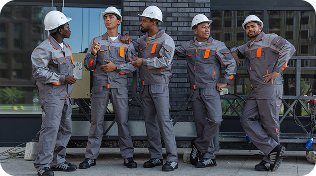

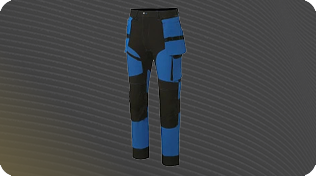
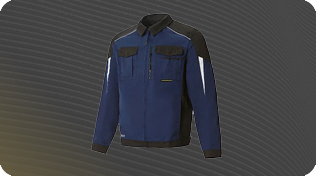
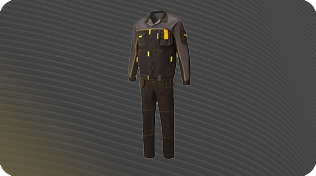
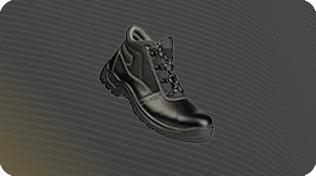
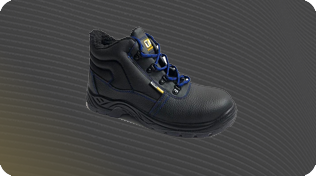
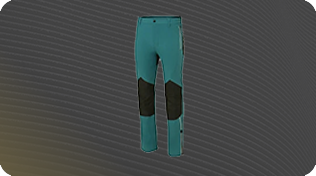


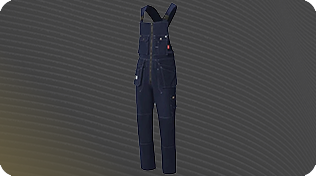
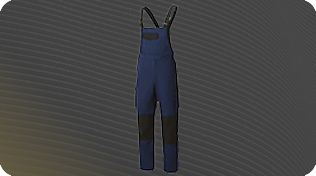
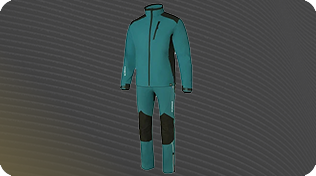

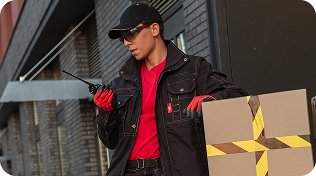


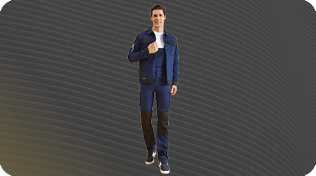

 +19292955525
+19292955525





